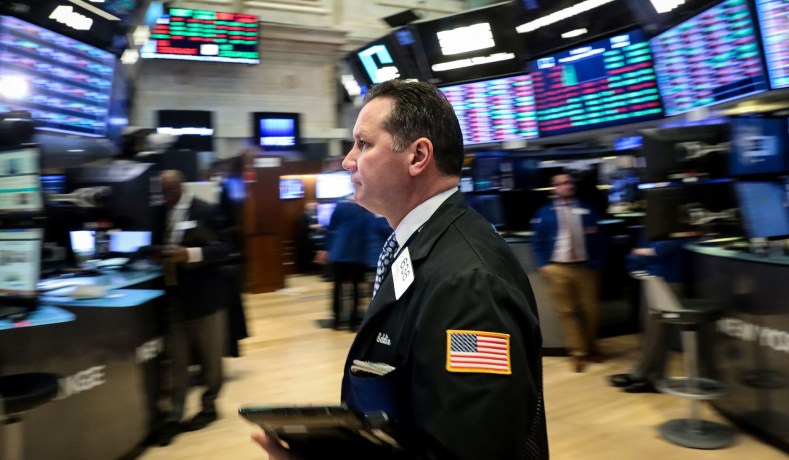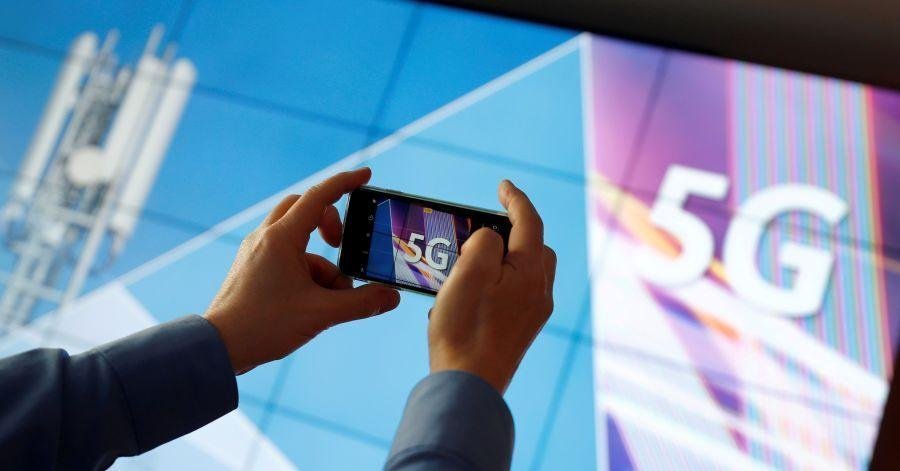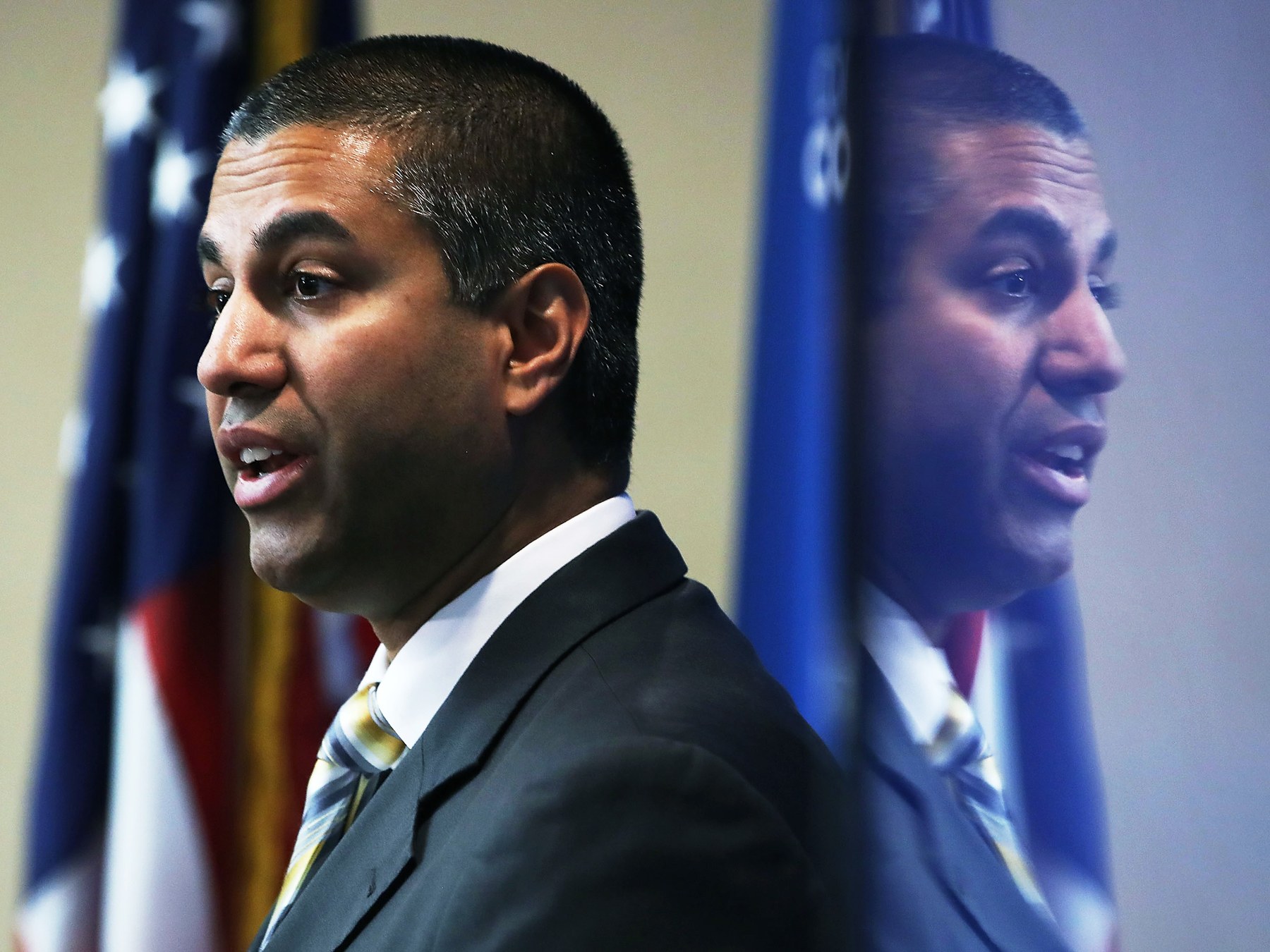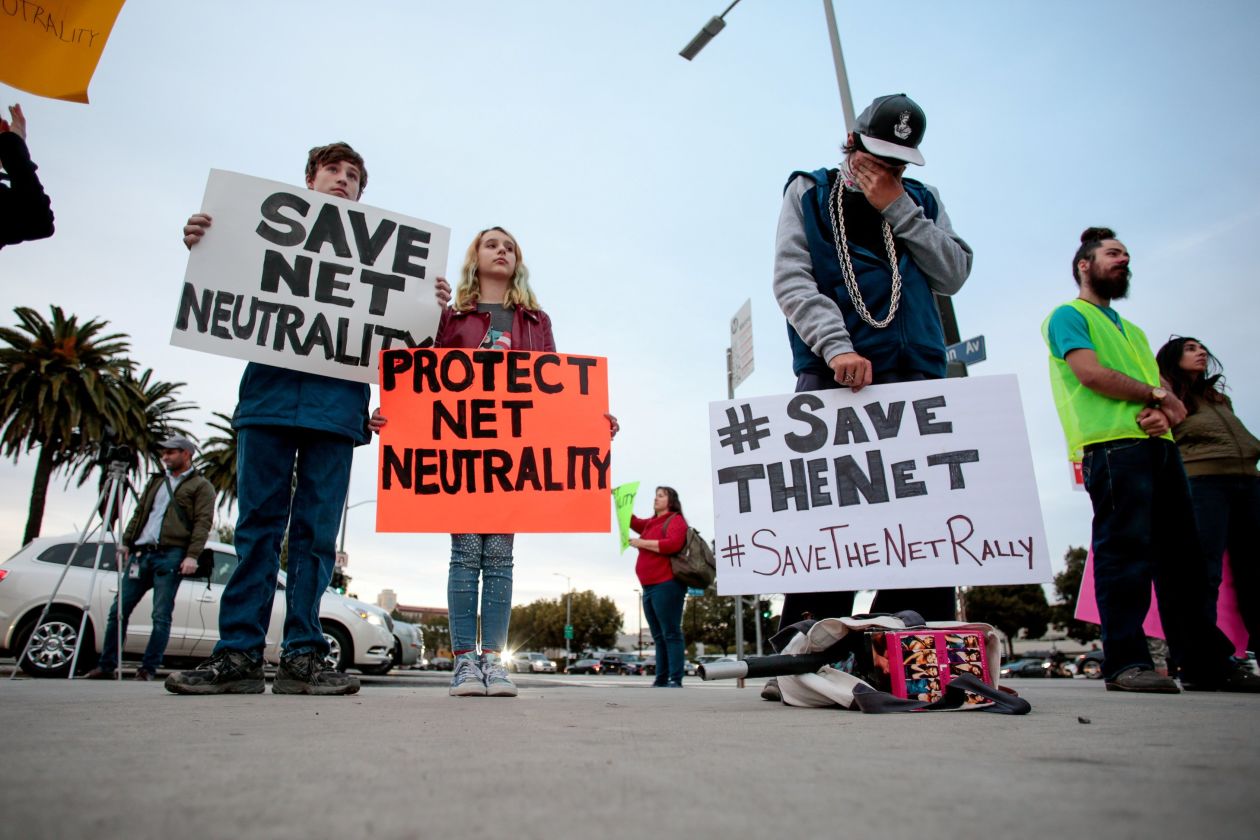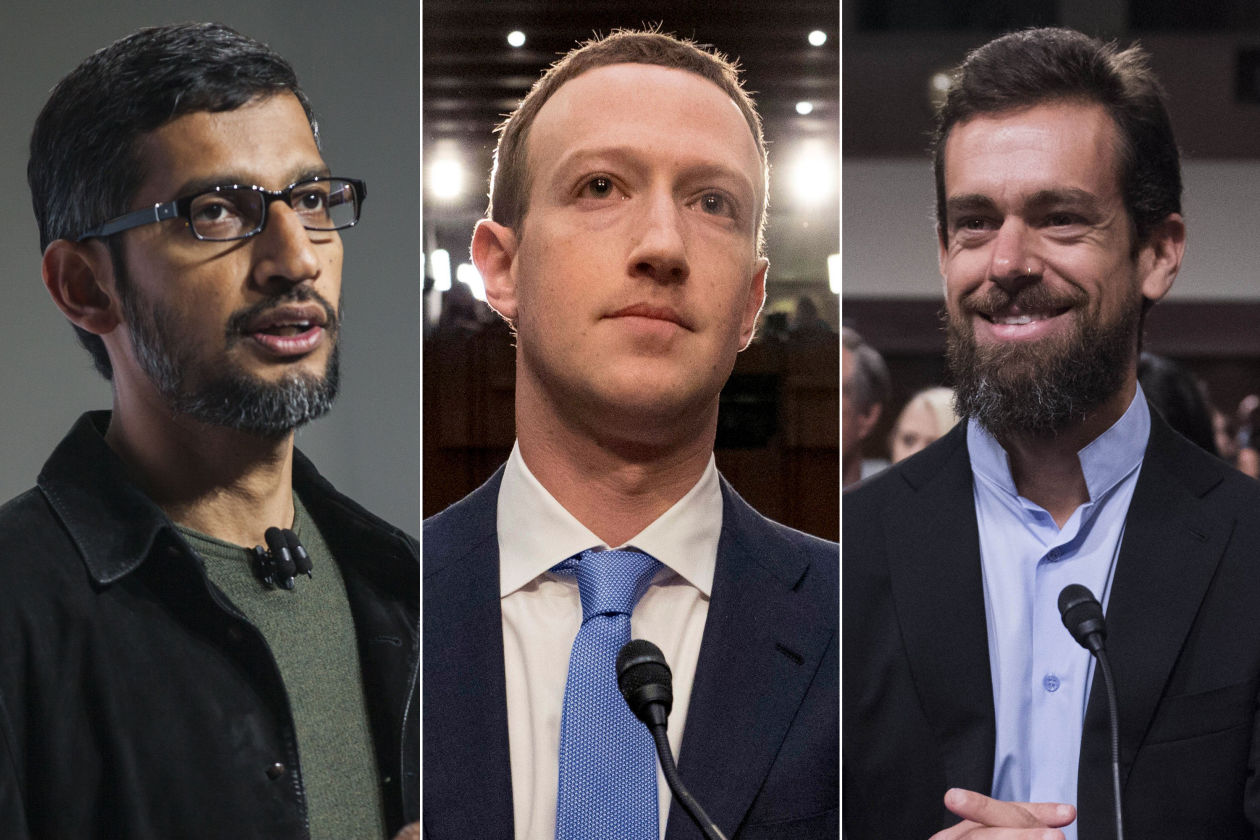 When America Online bought Time Warner in 2000, it was not only the largest corporate merger in history but also the much vaunted marriage of new and old media. Questions began, however, on the day the merger was announced. The stock price started a long decline; and the Federal Trade Commission subjected the merger to intense scrutiny. Just two years later, once-triumphant AOL was under investigation by both the Securities and Exchange Commission and the Justic Department. One hundred billion dollars was lost in 2002, and four of the top executives resigned. This is how the deal of the century became an epic disaster.
When America Online bought Time Warner in 2000, it was not only the largest corporate merger in history but also the much vaunted marriage of new and old media. Questions began, however, on the day the merger was announced. The stock price started a long decline; and the Federal Trade Commission subjected the merger to intense scrutiny. Just two years later, once-triumphant AOL was under investigation by both the Securities and Exchange Commission and the Justic Department. One hundred billion dollars was lost in 2002, and four of the top executives resigned. This is how the deal of the century became an epic disaster.
Stephen is mentioned in this book on pages 111-114 and 216 and is described as an “aging flower child” and “a sleeping giant”.
Book Review by Stephen Heins
A review of Simon Schuster’s new book, “Stealing Time: Steve Case, Jerry Levin, and the Collapse of AOL Time Warner,” by Alec Klein
First, I must issue the following disclaimer: I am the “aging flower child” in Mr. Klein’s new book, entitled “Stealing Time: Steve Case, Jerry Levin, and the Collapse of AOL Time Warner.” That said, I think that my perspective as a spokesman for a small ISP from the Midwest allows me an overview unlike anyone else discussed in the book.
Overall, “Stealing Time” has established a standard for reporting on AOL and the AOL Time Warner merger that will be hard to top. If Mr. Klein’s original reporting on AOL and the merger is the first draft of history, then his new book represents a first-rate second draft. No other reporter I know has had access to more sources and actors in the AOL Time Warner drama than Mr. Klein. His coverage of the early days of Steve Case and the company that would become AOL was particularly informative for the general readership.
Besides the use of impressionism, the narrative achieves a terseness and non-linear quality that does much to engage the reader. At each stage, one has to reflect on the individual anecdote and where it fits into the historical process of the current state of AOL Time Warner’s evolution.
Another strength of the book is the author’s ability to provide well-rounded caricatures of all the various players, large and small, who peopled this technological passion play. In particular, I was captivated by the chapter entitled “AOL Versus the World,” and not just because I am part of it. The cast of characters described includes the usual suspects for any large merger: dueling CEO’s, a panoply of PR types, a motley collection of merger opponents, consumer groups representing various constituencies, large government agencies like the FTC and the FCC, Capitol Hill denizens, the national media, and the American public. Mr. Klein captured it all with an accuracy I can vouch for.
From the beginning of October 2000 to the merger approval on January 11, 2001, the whole notion of inevitability was brushed aside by the revelation that both companies, AOL and Time Warner, were telling the politicians and regulators a half-truth about their plans to allow other ISP’s access to their cable’s high speed Internet product.
Ultimately, the Term Sheet being sent to ISP’s like Earthlink and other applicants was a contract no one could ever sign. It’s anti-competitive features helped dramatize the fact that AOL Time Warner could not be trusted to execute their promise of open access. Arguably, they lost all of their creditability once the Federal Trade Commission and the Federal Communication Commission finally saw it. As I said at the time, “the term sheet was so anti-competitive that Joseph Stalin could barely have improved it.”
It was hardly surprising that Time Warner, then the second largest cable company in the U.S., would build an insurmountable barrier to entry. They after all were granted geographical monopolies to all of their cable territories from the start. When Time Warner kicked ABC/Disney off their cable networks out East in May of 2000, they provided a large example of the power such a monopoly has over access and content. AOL itself had perfected the “walled garden” on its Home Page. By controlling the access of its customers to the Internet AOL could drive them to its advertisers goods and services.
Even after the merger approval, AOL Time Warner was caught denying advertising placement to other ISP’s for dial-up and DSL services at the exact time their ad revenue was shrinking. In all of history, no monopoly ever gave up its coveted position willingly.
AOL, on the other hand, had fought long and hard for ISP Open Access to all cable companies’ high speed Internet infrastructure before their merger announcement of January 10, 2000. In fact, Steve Case gave a speech in San Francisco, CA about Open Access while at the same time he was in secret negotiation with Time Warner. To combat charges of hypocrisy, AOL and Time Warner issued a “memorandum of understanding” on February 2000 that supposedly guaranteed access to all interested ISP’s. The trouble was that the memorandum was unenforceable and the term sheet for access was a draconian nightmare no one could sign. Open access became, as a participant in the negotiation between the two companies, “our huge bugaboo.”
AOL certainly revealed their willingness to play fast and loose with the truth. They would do anything to get the largest merger in U.S. history done, especially since it would give AOL privileged access to the broadband technology they so desperately needed.
Like many other Internet companies, AOL had used aggressive accounting practices for reporting marketing expenses, whereby they became a depreciable asset instead of an immediate expense of doing business. Upon reflection, this was one of the first examples of a company without an ethical compass.
We all should have worried when Steve Case told the media in the euphoria of the merger announcement: “We want to be the most respected company in the world.”
Thank goodness, Mr. Klein did his job as an investigative reporter by uncovering much of the unseemliness; and now, he has done his job as a business storyteller by revealing many of the truths about the largest debacle in the business history of the U.S.





